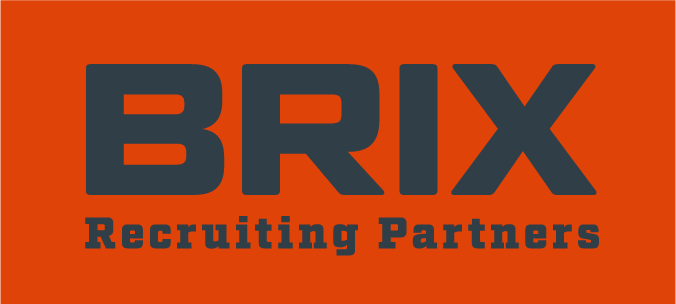Are You Tracking Your Recruiting, Hiring, and Turnover Metrics? – Part One
June 30, 2020
Written by Courtney Keene:
In the first of a two-part series, we’ll discuss how and why tracking your metrics are important for your business. First, we’ll cover Recruiting and Hiring and then Turnover and Retention.
With so many metrics available for each aspect of your business’ recruiting, hiring, and turnover strategies, it can be challenging to know where and how to start tracking. However, when used correctly, these metrics help to evaluate the recruiting process and whether the company is hiring the right people. Tracking these metrics can provide invaluable insight and is an essential part of your company’s success. Below are some crucial metrics that we consider the most important for owners, HR managers, and recruiters to track, measure, and use for finding and retaining talent.
Recruiting and Hiring
- Source of hire – This metric shows you where your new hires are coming from and can tell you where you are getting the most return for your recruiting time and dollar. Tracking where they came from (ad posting, contingent and retained recruiting firms, employee referrals, social media) could help with less headaches in the future too. Which one has the best results with the most consistency at a fair price?
- Time to hire – This is the number of days between when the job is opened and when the candidate accepts the offer. From a recruiting perspective, this is an excellent selling point for your services. From a business owner perspective, having a short fill time enables you to hire better candidates and prevents the best candidates from being snatched up by another company. It shows you are serious about hiring talent when you find it and you’re not dragging your feet.
- Cost per hire – Cost per hire measures the cost-effectiveness of your recruiting process. The cost per hire recruitment metric is the total cost invested in hiring divided by the number of hires. Don’t forget external costs (advertising, agency fees, candidate expenses, new hire training) and internal costs (time spent by the recruiter and manager – salary or hourly wages, new hire onboarding, lost productivity). By quantifying all of them you can calculate the total recruitment cost. It can guide your recruiting budget and show you where there is room for improvement in your hiring department’s efficiency.
- Quality of hire – This metric tells you how well your recruitment process hires the right person for the job. It takes into consideration such things as employee retention, performance reviews, and cultural fit. A single bad hire can cost a company tens of thousands of dollars in both direct and indirect costs. Having frequent check-in’s with hires (quarterly) helps to make sure they’re still happy, productive, and if they’re starting to wane then we can hopefully get them back on track before it’s too late.
- Diversity and Inclusion – Workplace inclusion has been shown to improve crucial metrics like retention rates and creativity. Studies show that a diverse employee population excels best under a diverse leadership team, it makes decisions twice as fast with 60% better results. Leadership in its essence is the manifestation of the concept that the way management treats employees is the way employees treats customers.
Although we’ve covered some essential metrics, this is just the beginning. Most recruiting metrics are easy to calculate but hard to keep track of. The real work begins when you assess your rates in the context of your industry and identify whether or not your company needs to improve its metric tracking strategies. Looking at your turnover can alert you to problems before they grow too large. Next month I’ll dive into Turnover and Retention rates, we’ll dissect how these key metrics can help companies prioritize changes or adjust their practices to ensure future retention.

